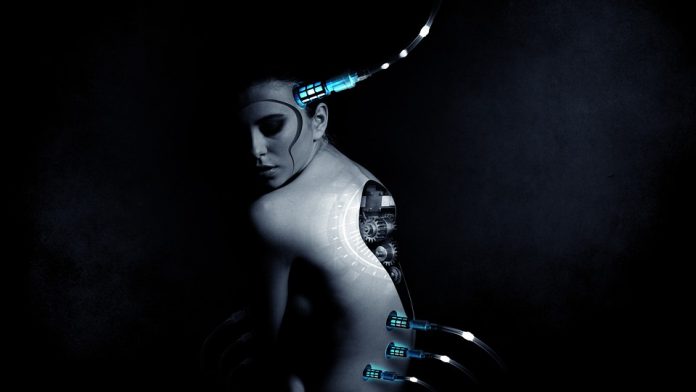How to Get the Best of Text-to-Image Model News with Stable Difusion: A Deep Learning Delight
As technology is becoming more and more advanced, the world is constantly looking for ways to improve communication and information sharing. The ever-increasing flow of news and information is one of the biggest challenges faced in modern times, and the solution to this problem is innovation. One of the most recent innovations in this arena is the “text-to-image model news Stable Difusion a deep learning” solution. In this blog post, I will explain what this solution is all about, how it works, and how it can benefit you as an ideal customer.
What is Text-to-Image Model News?
Text-to-image model news is a new and emerging technology that has been created to bridge the gap between the world of text and the world of images. News content often provides text-based information on a story, but sometimes it can be challenging to visualize the information, particularly for those not familiar with the field. Text-to-image model news is created by using deep learning to generate a visual representation of the text. In a way, it creates an image that represents the story.
There are many advantages to using text-to-image model news instead of traditional text-based news. The visualizations are more engaging and can help readers better understand the information presented. The images are more relatable and can help readers to connect with the story, leading to a more engaging experience overall.
What is Stable Difusion in Deep Learning?
Stable Difusion in Deep Learning refers to a specific type of deep learning algorithm that is used to create text-to-image models. It is a complex process, but in simple terms, Stable Difusion creates a system of training a neural network to generate novel images that represent text content. The system works by using the text-based inputs and adjusting the model’s parameters over time via feedback through a reinforcement learning process.
The stable difussion model is innovative because it eliminates the need for additional constraints that could limit the generation of images. Due to the nature of the process, this solution can generate a wide variety of images that are of high quality and validity. It’s a game-changer for those looking for a more comprehensive visual representation of the text-based content.
What are the Benefits of Text-to-Image Model News with Stable Difusion?
There are many benefits to using text-to-image model news, but the following are the most significant:
Improved Understanding: By generating images that are more relatable to the text, readers can better understand the news content. This solution eliminates the need to spend extra time researching or getting clarification for some concepts, as the images serve as visual definitions or explanations.
Engaging Experience: Text-to-image model news with stable difusion provides a more engaging experience compared to traditional text-based news. The images engage the reader making them more likely to finish reading the article and continue on to other related stories.
Increased Recall: The mind remembers images more effectively than text alone. Text-to-image model news provides a higher recall rate because of its visual representation of information.
Unique Selling Proposition: The primary objective of news reporting is to provide information in a way that is understandable for everyone, but some stories can be hard to grasp without adequate visuals. Text-to-image model news offers a greater level of understanding and engagement than traditional text-based news. This innovative solution also provides a unique selling point for news providers who can differentiate their services from other conventional news sources.
Addressing Potential Objections
As with any new innovation, there may be some potential objections to the use of text-to-image model news with stable difusion. Below are some potential objections and counterarguments:
Loss of Accuracy: Some might worry that the generated images might not accurately reflect the text. However, the stable difusion model was created to eliminate the loss of accuracy by constantly adjusting the model’s parameters via reinforcement learning.
Limitations on Topics: Some restrictions could be encountered when it comes to producing visuals for abstract topics or issues that lack suitable images. However, in such cases, it remains possible to provide textual abstracts or provide a video or audio-based explanation to enhance understanding.
Perception of Bias: Skeptics could argue that generated images may be biased. However, image generation is not independent of the available text-data but rather guided by both the text input and the generated image. As a result, the generated images will be fair-minded because they accurately reflect the text input without human interference.
Conclusion
Text-to-image model news with stable difusion is the best way to deliver accurately represented and engaging news content. It’s an innovative solution that has burst onto the scene, providing clear and comprehensive visual explanations of textual stories. This solution provides improved understanding, engaging experiences, increased recall, and a unique selling proposition for businesses. While there may be some objections to the solution, such concerns are entirely unfounded as the stable difusion model ensures high-quality generation of images. It is the solution you’ve been searching for when looking for news content that provides an enhanced experience that deeper comprehension of the textual story, more engaging presentation, and better audience engagement.
Overall, text-to-image model news with stable difusion is an exciting development in the world of news delivery, and it’s a solution worth exploring.

